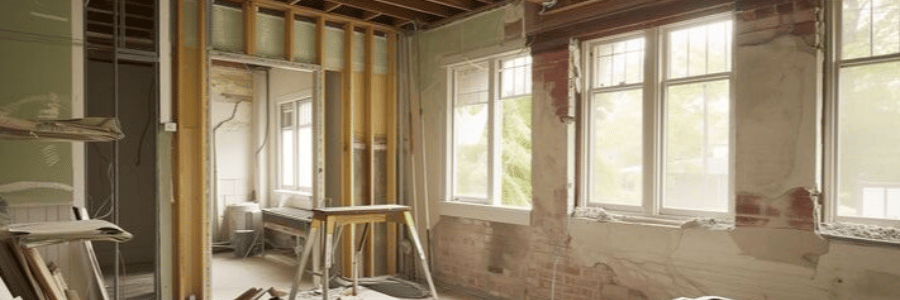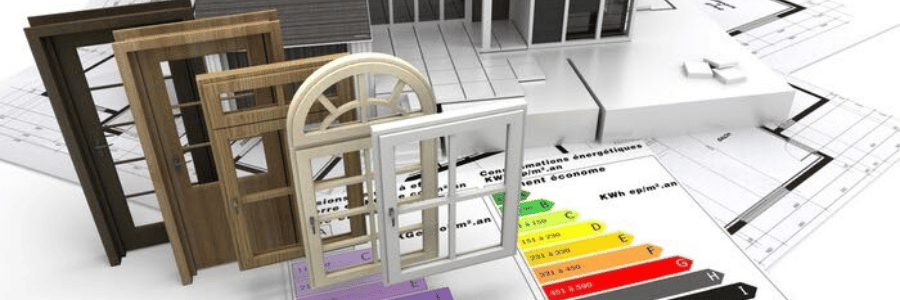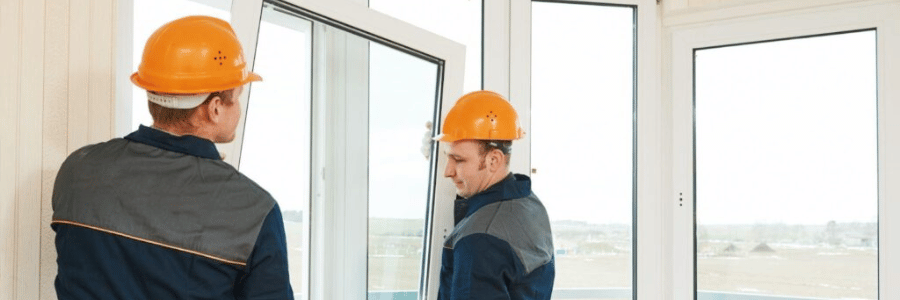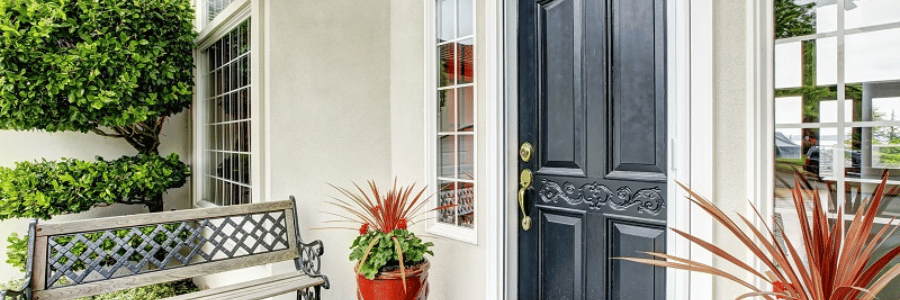Window renovations are a fantastic way to enhance the aesthetic appeal, energy efficiency, and functionality of your home. Whether you’re replacing old, inefficient windows or updating your home’s style with new, modern designs, planning the right window renovation project can be a rewarding experience. However, to ensure a successful project, there are several factors you need to consider before diving in. Here’s a guide to help you plan your window renovation and make the most of this important upgrade.

Define Your Goals for the Renovation
Before you begin your window renovation, it’s important to define your goals. What are you hoping to achieve with this project? Understanding your needs will help guide your choices and ensure the renovation meets your expectations.
- Energy Efficiency: If your primary goal is to improve energy efficiency, look for windows that offer excellent insulation and help reduce energy loss. Double or triple-glazed windows, Low-E glass, and energy-efficient framing materials can help maintain a comfortable temperature and lower heating and cooling costs.
- Aesthetic Improvement: Are you looking to update your home’s appearance? New windows can instantly refresh your home’s curb appeal. Choose window styles, finishes, and colors that match the overall aesthetic of your home and complement the architectural design.
- Natural Light and Views: If you’re looking to maximize natural light or frame beautiful views, consider larger windows or specific styles, such as picture windows, bay windows, or floor-to-ceiling windows.
- Security and Privacy: For homes in busy areas or those concerned with security, you might prioritize windows that offer enhanced durability, locking mechanisms, and privacy features like frosted glass or tinted windows.

Understand Window Types and Styles
Windows come in a wide variety of types and styles, each with unique features and benefits. Understanding which type of window best suits your home and renovation goals will help narrow down your options.
- Double-Hung Windows: This classic window style is known for its versatility and easy cleaning. Both sashes are operable, allowing for great airflow and accessibility.
- Casement Windows: These windows open outward with a crank, offering a tight seal when closed, making them great for energy efficiency. Casement windows are ideal for areas that need a bit of extra ventilation.
- Sliding Windows: With one or more movable sashes, sliding windows offer a wide view and are ideal for spaces where you want to maximize your glass area. They’re easy to operate and maintain.
- Awning Windows: These windows open outward from the bottom, offering ventilation while protecting from rain. They work well in areas where privacy or airflow is a concern.
- Bay and Bow Windows: These windows extend outward from the wall, creating a charming focal point. They add dimension and natural light to a room and can provide additional space inside for a cozy nook or seating area.
Choosing the right window style involves considering both function and form. You’ll need to decide if you want more ventilation, larger views, or a more traditional look.
Consider Energy Efficiency and Insulation
Energy efficiency is one of the top reasons homeowners invest in window renovations. Poorly insulated windows can result in drafts, heat loss, and high utility bills. When selecting windows for your renovation, consider their energy performance features:
- Double or Triple Glazing: These windows have multiple layers of glass with an insulating gas between the panes. Double-glazed windows are common, but triple-glazed windows offer even better insulation, which can be especially useful in extreme climates.
- Low-E Glass: Low-emissivity (Low-E) glass has a special coating that reflects heat back into your home during the winter and blocks heat from entering in the summer. It helps keep your home’s temperature consistent while lowering your heating and cooling costs.
- Gas Fills: Some windows are filled with insulating gases like argon or krypton, which reduce heat transfer and improve energy efficiency. These gases work best when combined with double or triple glazing.
- Frame Materials: The material of the window frame plays a role in insulation. Vinyl and fiberglass frames offer better insulation than traditional wood or metal frames, which can transfer heat and cold more easily.
Choosing energy-efficient windows not only helps lower your utility bills but also improves your home’s overall comfort.

Set a Budget and Plan for Installation
Window renovations can vary widely in cost, depending on the materials, style, and size of the windows you choose, as well as the complexity of the installation. Setting a realistic budget is crucial to avoid surprises down the line.
- Get Multiple Quotes: Reach out to several contractors or window suppliers to get a sense of the pricing for your project. Be sure to ask for detailed quotes that include materials, labor, and any additional costs, such as permits or removal of old windows.
- Factor in Additional Costs: Don’t forget to account for the costs of preparing your space, which may include drywall repair, painting, or other finishing touches after the windows are installed. If your home is older or has unique requirements, the installation might be more complex and require extra work.
- Consider Long-Term Savings: While energy-efficient windows and high-quality frames may have a higher upfront cost, they can save you money over time through reduced energy bills and less frequent maintenance or replacement.

Choose the Right Contractor
Selecting a skilled, reliable contractor is critical to ensuring the success of your window renovation project. Do your research to find someone who specializes in window installations and has experience with your type of home.
- Check Credentials: Ensure the contractor is licensed, insured, and has positive reviews from previous clients. Ask for references and view examples of past window renovation projects to ensure they can deliver the quality you expect.
- Discuss Your Needs: A good contractor will take the time to understand your needs, discuss your budget, and recommend the best windows for your home. They should also be able to explain the installation process and answer any questions you have about the materials, timeline, and care of the windows.
- Get a Written Contract: Always get a written contract outlining the scope of the project, costs, and timelines. This helps avoid misunderstandings and ensures both parties are clear on expectations.

Consider Curb Appeal and Resale Value
Your window renovation can significantly impact your home’s curb appeal and resale value. If you’re planning to sell your home in the near future, investing in attractive, energy-efficient windows can be a selling point.
- Coordinate with Home Style: Make sure the window style you choose complements your home’s architecture. For example, traditional homes often look best with double-hung windows, while modern homes may benefit from sleek, minimalist casement windows.
- Choose Timeless Options: Opt for timeless window styles and finishes that will appeal to a wide range of buyers. Neutral colors and durable materials tend to add more long-term value than trendy or overly specific designs.

Conclusion
Window renovations can be a rewarding and impactful project, improving both the comfort and aesthetic of your home. By defining your goals, selecting the right window styles, and considering factors like energy efficiency, budget, and contractor expertise, you’ll be well on your way to achieving a successful renovation. With careful planning, your new windows will enhance your home’s beauty, functionality, and value for years to come.

